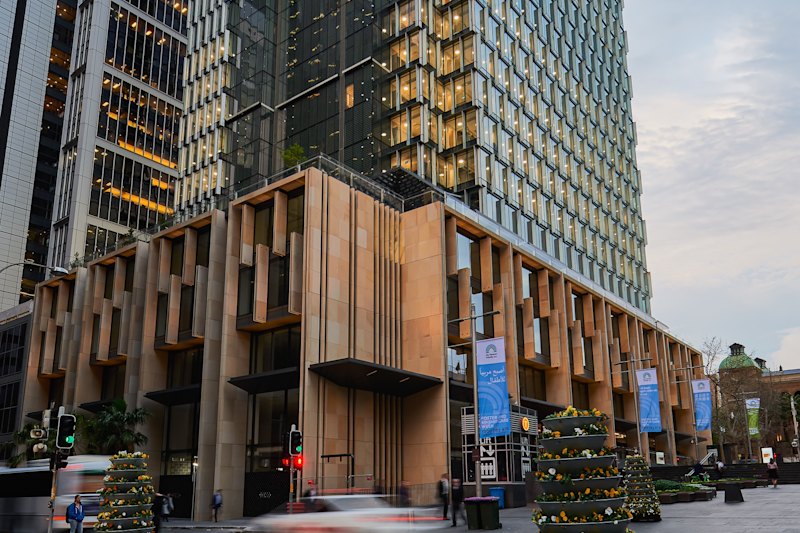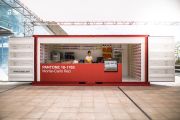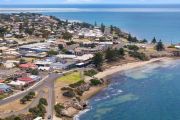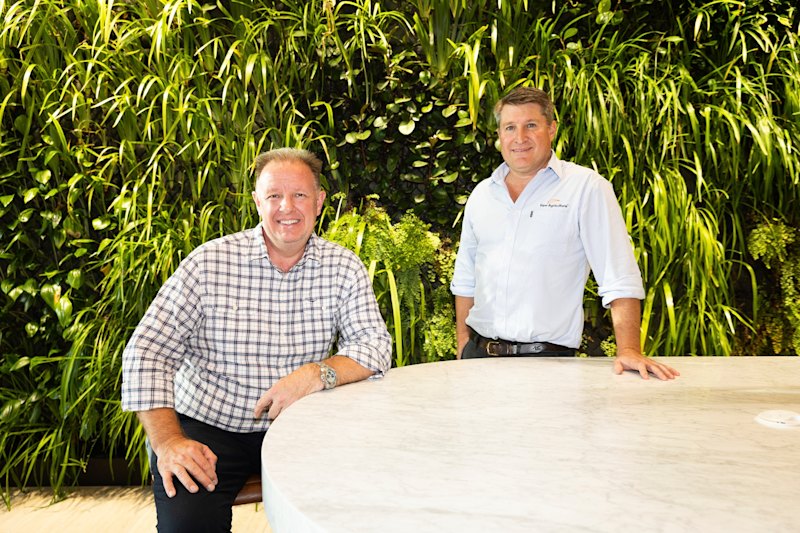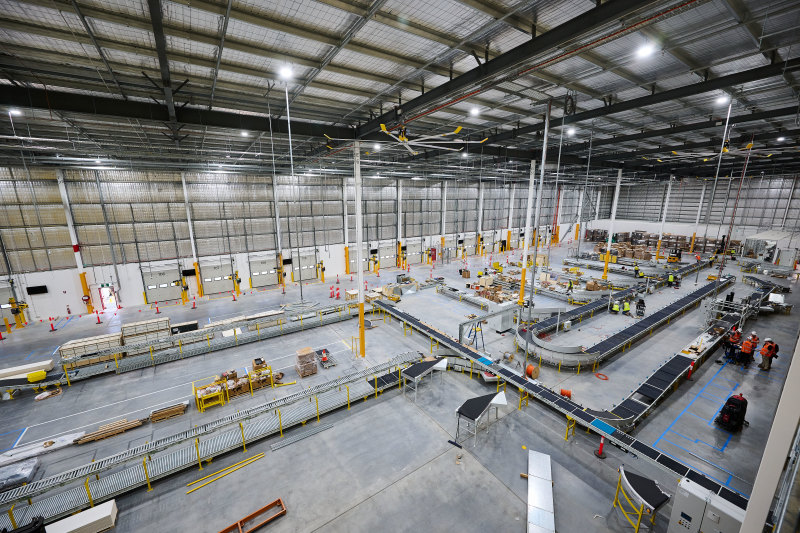
55 MCGs: E-commerce surge to lift demand for dedicated warehouse space
Around 1.1 million square metres of new specialist warehouse space – the equivalent of 55 Melbourne Cricket Grounds – will be needed to be built over the next four years to keep up with demand created from the growth of e-commerce, according to new forecasts from CBRE.
While the e-commerce penetration rate (the proportion of money spent shopping online compared with total retail spending) has fallen since the end of lockdowns, Australia remains four years ahead of its pre-COVID growth trend, joining countries like the US, Canada and Germany, where the take-up of e-commerce is growing at faster rates than before the pandemic.
Online shopping accounted for 12.8 per cent of retail spending by Australians in September. It hit a high of 15 per cent in April 2022. Online spending by value grew by 11 per cent to $54.2 billion in the year to September, well above pre-COVID annual growth rates of 2.5 per cent.
Based on analysis of 28 key drivers including in the areas of demographics, digital usage, cultural payment preferences and access to infrastructure like broadband and transport, CBRE forecasts Australia’s e-commerce penetration rate to reach 15 per cent again by 2027, lifting the value of total online sales by $15 billion to $69 billion,
According to CBRE modelling, every extra $1 billion of online spend requires an additional 70,000 sq m of warehouse space to be built. This equates to a total of 1,050,000 sq m of dedicated e-commerce space that must be delivered between now and 2027.

Around 50 per cent of this requirement is in the development pipeline, suggesting development will need to ramp up significantly over the next four years to deliver enough warehouse space to meet demand from retailers.
“This will require us to unlock alternative space or to intensify the use of available space to meet demand, something that’s already occurring in the Sydney market with the development of multi-storey warehouses,” said Sass J-Baleh, CBRE’s Australian head of industrial and logistics research.
Many e-commerce specialists are ramping up their warehousing networks as demand rises. Amazon opened a 20,000 sq m fulfilment centre at Jandakot Airport this month.
Also upgrading its network is online retailer Aim Group, which moved into a 31,500 square metre automated facility in Melbourne’s west last month.
“E-commerce will keep going up, of that I am 100 per cent sure. How fast it will go up I can’t guarantee, but I can guarantee it will go up,” co-founder Fung Lam told The Australian Financial Review.
Looking ahead, major developer ESR and global logistics and warehousing giant Toll broke ground recently on a $420 million retail distribution and fulfilment facility in Kemps Creek in Sydney’s west

The new 68,000 sq m warehouse, which Toll will lease for 10 years, is due to become fully operational from 2025 and will be able to handle 37 million parcels a year.
It will include $75 million of highly specialised advanced automation technology to support growth in e-commerce, retail and omnichannel fulfilment.
“There are now more consumers buying online. 82 per cent of Australian households made an online purchase in 2022 versus 73 per cent in 2018. These are now ‘sticky’ consumers, many of whom did not previously purchase online but were forced to during the pandemic and have a continued preference for this style of shopping,” Ms J-Baleh said.
NSW consumers spend the most money shopping online but the e-commerce penetration rate is highest in Victoria and Tasmania at 15 per cent, according to CBRE’s Australia’s E-Commerce in the Post-Pandemic Era report. Online shopping accounts for about 13 per cent of spending in NSW, South Australia and the ACT.
Consumers in WA (11 per cent) and the NT (10 per cent) – where delivery times may be longer – are the nation’s online shopping laggards.


